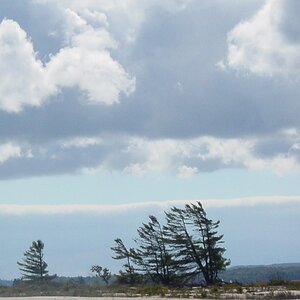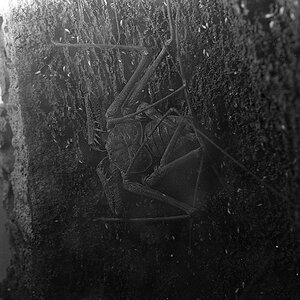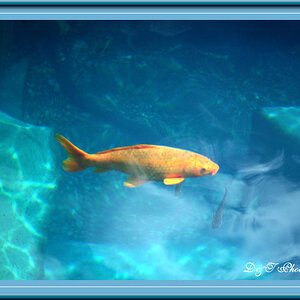DanLaw001
TPF Noob!
- Joined
- Aug 11, 2013
- Messages
- 12
- Reaction score
- 0
- Location
- Earth
- Can others edit my Photos
- Photos NOT OK to edit
Hello, I recently purchased the Sony DSC H200 bridge camera packed with a 20.0 mega pixel imaging sensor and with a 26X optical zoom lens. I took some pictures on vacation and I showed to my friends and family. Unfortunately, they all agreed that the photos taken are less "stunning" than those taken with my other Olympus SW 1030 water-proof point-and-shoot camera purchased five years (near half of a decade) ago. I was surprised since how can a point-and-shoot camera take better picture than a bridge camera??? Therefore, I did some research on the Internet and I found that the picture quality is highly depend on the sensor of the camera. Therefore, I did some further research and I discovered that the sensor packed in the Sony camera is the Super HAD CCD imaging sensor while the old Olympus camera is packed with a typical CCD. The main difference is that the Super HAD CCD allows more light to enter the photo sensor than the typical CCD where some of the light (photons) are not "hitting" on the photo sensor, but on the region beside it. Based on that statement, I took some similar pictures with both cameras using auto mode to see how they perform to verify the statement. And I found that under outdoor natural sunlight, the image taken with the Sony camera is less bright but with more shadow while those taken with the Olympus camera are more bright leaving less shadow. However, they perform inversely in indoor So, what so you guys think, do you think that the Sony DSC H200 perform less well compared with the Olympus SW 1030 even that it's a bridge camera or do you think that it well does it job? And for those of you who also owned the Sony DSC H200, do you guys have similar experience? Thanks.
For the attachment of Sony camera:
https://docs.google.com/file/d/0B0SHVA105QN5b1NFdFFRNEVLYnM/edit?usp=sharing
For the attachment of Olympus camera:
https://docs.google.com/file/d/0B0SHVA105QN5Wkw4YUo2SG5hWDQ/edit?usp=sharing
For the attachment of Sony camera:
https://docs.google.com/file/d/0B0SHVA105QN5b1NFdFFRNEVLYnM/edit?usp=sharing
For the attachment of Olympus camera:
https://docs.google.com/file/d/0B0SHVA105QN5Wkw4YUo2SG5hWDQ/edit?usp=sharing













